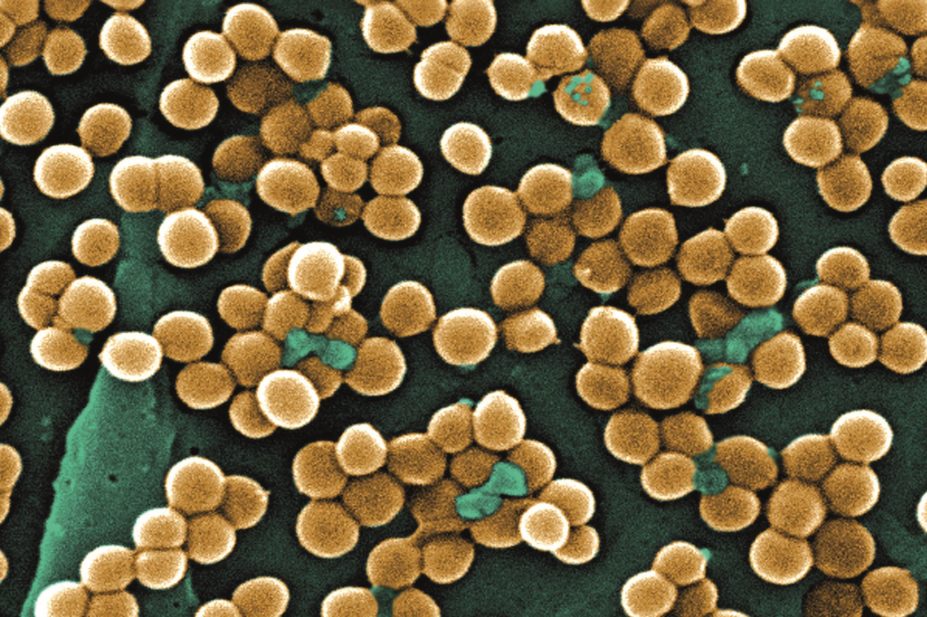
CDC / Wikimedia Commons
Skin and soft tissue infections (SSTIs) involving Staphylococcus aureus recur in as many as 50% of patients, but there have been no studies of patient adherence to antibiotic therapy.
Researchers based in California followed up 188 patients who had been hospitalised for uncomplicated SSTIs, and tracked their antibiotic adherence electronically.
Among the 87 patients who completed the study, self-reported adherence was 96%, but electronically measured adherence was significantly lower at 57%. And, in multivariate analysis, poor adherence was significantly associated with reduced odds of poor clinical response at 30 days, requiring further treatment.
Reporting in Antimicrobial Agents and Chemotherapy (online, 29 February 2016)[1]
, the authors say the findings suggest that poor adherence to antibiotic therapy explains some of the relapses seen in patients with skin infections.
References
[1] Eells SJ, Nguyen M, Jung J et al. The relationship between adherence to oral antibiotics and post-discharge clinical outcomes among patients hospitalized with Staphylococcus aureus skin infections. Antimicrobial Agents and Chemotherapy 2016. doi: 10.1128/AAC.02626-15


